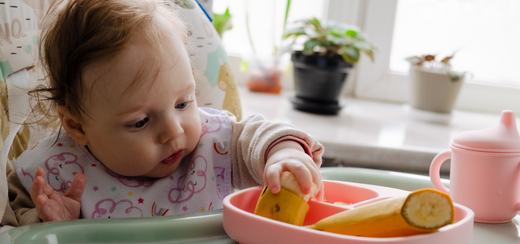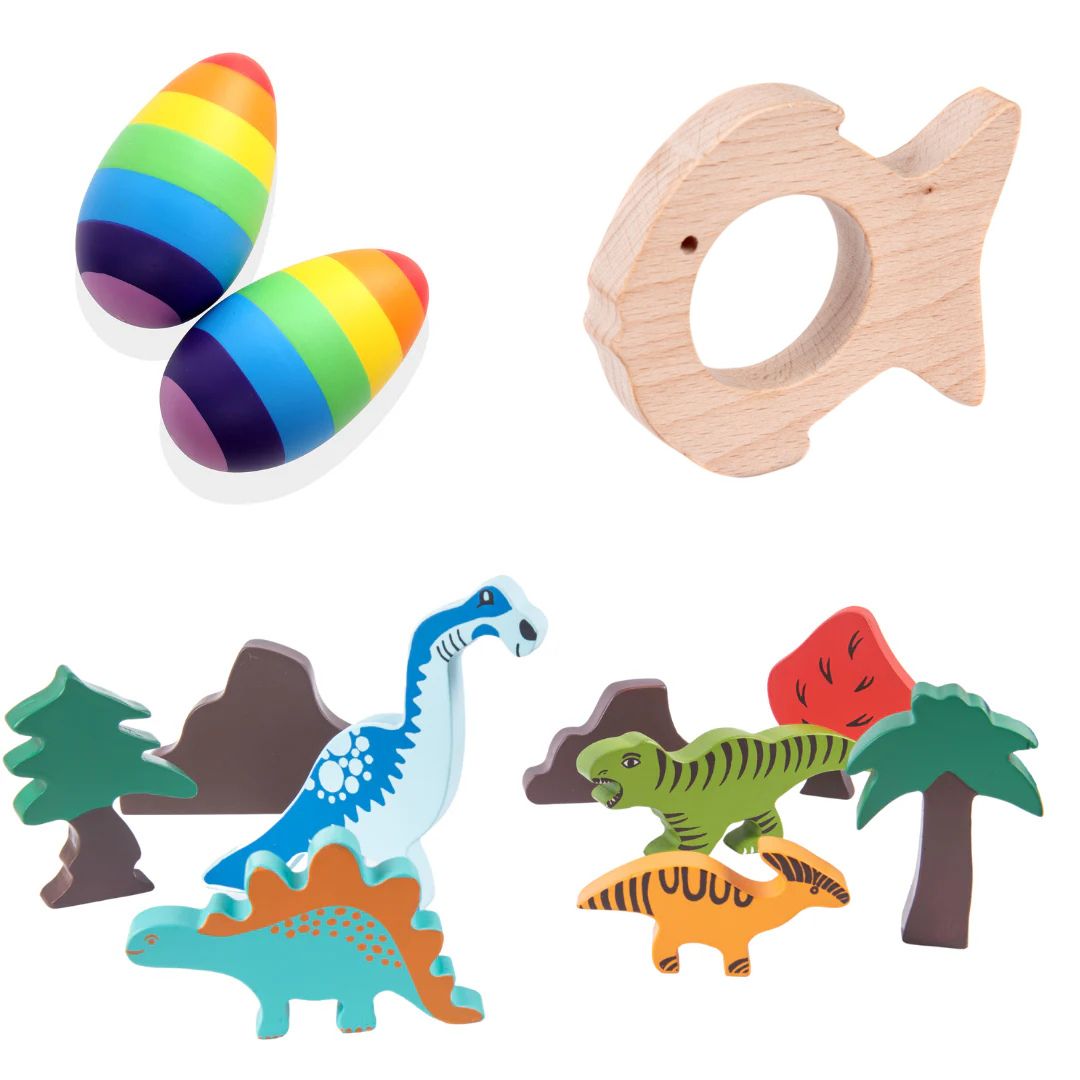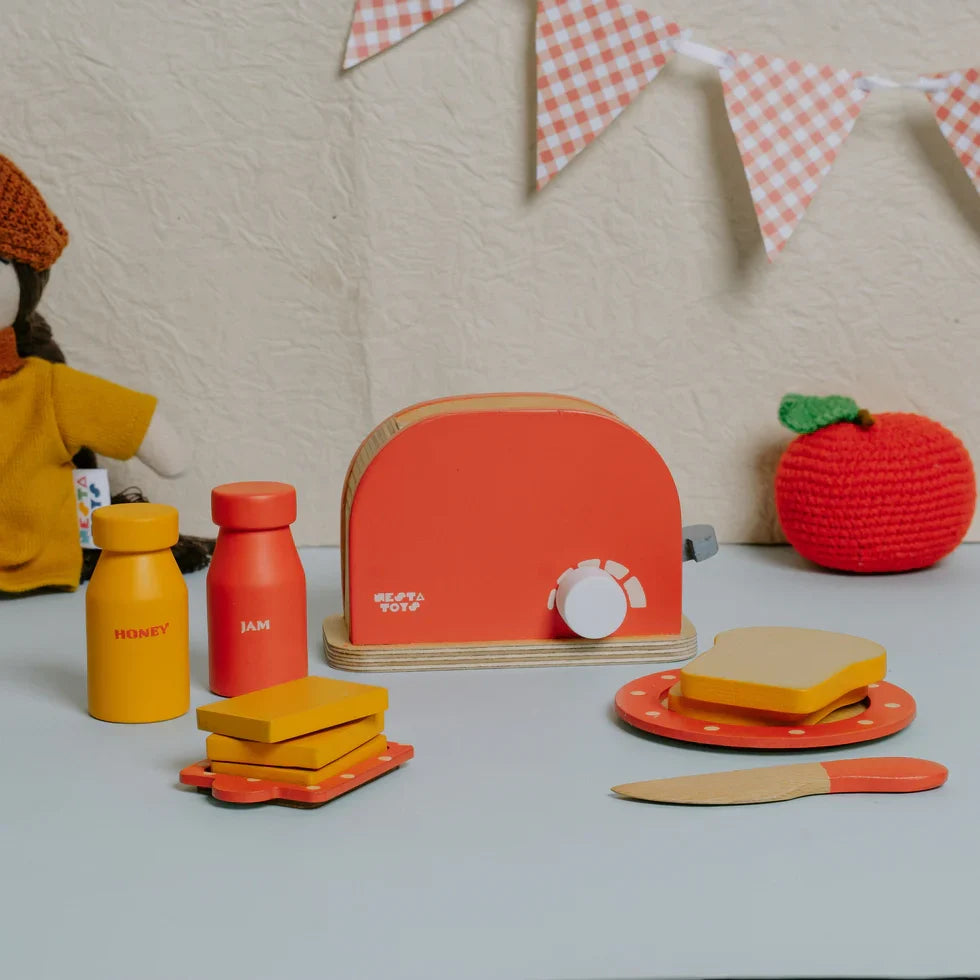Weaning, as the term suggests, is the gradual transition from an exclusively milk-based diet to the introduction of semi-solid and solid foods in a child’s diet. This important stage helps the baby transition from milk (breast or formula) to a variety of foods, providing essential nutrients for growth and development. Weaning usually starts around six months when babies are ready for solid foods, but the timing may vary based on individual needs and cultural traditions.
Why Weaning ( Why semi solid diet )?
Your child has by now progressed from the early infantile reflex behavior of “suck and then swallow “ to a more mature activity of “ chew and swallow” – though this is grossly inadequate compared to the older child or adult. Since he chews and swallow, it is natural that now he can accept some semi solid diets.
- Though mother’s milk ( or any other form of milk ) is sufficient for the newborn baby it starts getting insufficient in some essential elements of nutrition beyond 6 months of age. These vital elements include :Vitamin D ,Iron, Vitamin C, Trace metals and Trace elements
- The addition of a balanced mix of semi solids shall take care of these inherent deficiencies of milk and move towards a comprehensive nutritive status of the child.
- Formula may provide all nutrients needed for the first year of life, but it does not provide flavors, textures, and the opportunity to learn eating skills, which are important for formula-fed as well as breastfed infants.
What does my child gain from weaning diets?
- Nutritional balance.
- The child’s tummy will now be comfortably full and the previous cycle of milk feed – urination – tummy empty – cry – and over again , shall now improve.
- This will form a stepping stone for your being able to graduate to more dietary item.
- The child’s self confidence shall improve.
- You also shall thoroughly enjoy displaying your child’s graduation from a “ continuous milk sucking calf “ to a “ maturing “ child !!
Simple signs to know that weaning can be started
- Baby wanting more milk after you have finished a feed or demanding more feed
- Waking up during the night after starting to sleep
- Eye and hand co-ordination is better
- Beginning to bite or chew and ready to swallow food taken from spoon.
Weaning is a learning process
- The little ones learn new tastes, flavours, colours and foods that can be taken from a spoon and the other foods that come from a cup. It is the introduction of the four main food groups: fruits, vegetables, pulses and cereals and building up the digestion for the same.
- They can be broadly classified into three groups: starchy foods (potato, sweet potato, bread, cereals), protein-rich foods (chicken, eggs, beans, peas, lentils), and dairy products (milk, yogurt, cheese).
How can I prevent my baby from choking while weaning?
- Always stay with your baby while eating.
- Soft cook tough vegetables such as green beans and carrots for use as finger foods
- Encourage baby to chew
- Avoid giving small items such as peas, raisins or whole grains
- Avoid putting too much food on the spoon or in cup when feeding
At what age should I start weaning my baby?
There is no hard and fast rule to it. As a general guide – one may start at the age of 6 months.
Few tips you can follow while starting weaning for baby
- Start weaning when the child is free from any disease particularly from any G.I troubles.
- One-food item is introduced at intervals of 3 to 4 days to allow for identification of food allergies and to allow the child to get used to it.
- New foods are fed in small amounts, from one teaspoon to a few tablespoons, put the spoon midway back on tongue to facilitate swallowing of semi-solid food
- Food should not be mixed in the bottle and feed through a nipple with a large hole.
- Don’t wait too long to introduce solid food as the infant may not be interested there after. By the age of 6 months, the infant usually learn to like the food offered and will be willing to try new food.
- Offer new food while baby is hungry.
- Never force the infant to take a new food.
Food Safety
- Wash your hands before preparing your baby’s food.
- Sterilize the feeding bowl, spoon, bottle or feeding cup
- Spoon out and heat only the amount of food you may need
- Discard any uneaten or heated food
- Make sure you stir and test any heated food before giving .
How can I introduce common allergens like milk, nuts, and seafood safely?
The best hypoallergenic foods include rice, potato, carrot, chicken, pear, and apple, while common allergenic foods include cow's milk, eggs, peanuts, wheat, ragi, oats, and barley. Foods to be avoided especially if eczema is a problem for your baby are onion, mushroom, tomato, cheese, strawberries, oranges and citrus fruits. Follow these steps while introducing allergens.
- One at a Time: Introduce one allergenic food at a time to easily monitor any potential reactions in your baby.
- Small Amounts: Start with a small portion of the allergen, like a teaspoon of peanut butter mixed into oatmeal, to observe any reactions.
- Monitor for Reactions: Monitor your baby for signs of an allergic reaction, including hives, swelling, or difficulty breathing.
- Regular Exposure: If there's no reaction, continue to introduce the allergen regularly to maintain tolerance.
How To Serve Food to the Baby?
- Frequency of meals: Young infant should be fed 4-5 times daily, in their own bowel or plate (so mother can see the amount taken by child).
- Soft Food: Soft cooked vegetables in strips or slices. Almost any soft easily digestible food could be introduced to the baby from about 6 months.
- Quantity - Start with a teaspoonful daily (Day time) and gradually increase both the quantity given and the number of times it is fed to the baby.
- Consistency: Weaning food must be made into a form and texture that is soft and easily digestible for a young child. This can be done through straining and mashing. Don’t use mixer / blender in preparation of vegetable soup as it transfer it in to a liquid form unsuitable for training babies on swallowing of semi-solid food.
Indian Baby Food Guide | Food Recipes
6+ Months
The basic idea is to introduce the most easily digestible form of food i.e. carbohydrates ,then move on to proteins ( Daal Ka Paani / Daal Soup/ a soup of Pulses ) and finally add fats. Carbohydrates first, then proteins and then fats. Another basic idea is to begin with liquids and then gradually introduce semi solids.
Daal ka Paani ( Daal soup / a soup of Pulses )
- The supernatant fluid floating over daal while you are cooking it is what we mean by daal ka paani
- Preferably use Moong ki daal.
- Begin with the clear , watery soup of daal and later on you may add some mashed daal into the soup.
- A couple of spoons a couple of times a day and then increase.
Chawal ka Maand ( Rice Soup )
- You may keep the consistency as per the liking of your child.
- You may add some daal ka paani to it
- With time , you may add some rice also to make a thin gruel
- You may add curd and / or daal for taste and variety.
Citrus fruit juice ( mausami – sweet lime or orange)
- Begin with a spoon or two a couple of times a day – gradually build up and increase as per his taste.
- if you feel the juice is too thick – dilute with some boiled cooled water.
- if you feel the juice is “ too cold “ , since the fruit has been in the refrigerator or if the weather is cold – you may keep the bottle in semi hot water it for a few moments , just to ‘ remove the chill ‘ out of it. Please make sure you do not heat it or else the Vitamin C shall get destroyed.
Fruits
- Banana ; Mango ( as a pulp or as a mango – shake with milk ) ; Apple stew ; Papaya ; Cheekoo (Sapoota)
- These can be given mashed and may be made into a fruit – mix as per taste.

9 months – 1 year
- Custard with suitable seasonal fruits.
- Spinach curry / spinach and tomato soup or juice
- Mixed seasonal vegetable soup ( carrot , spinach , tomato , lauki )
- Tomato juice / soup
- Khichri ( a gruel of rice and pulses ) with / without curd
- Sooji ka upma / halwa
- Moong ki daal ka cheela
- Mashed boiled potatoes
- Apple stew
- Porridge
- Chawal ki kheer
1 year onwards
Your child may now take almost all that you cook for your regular meals. It is obvious that spices shall have to be minimized and some of the foods that you as adults are making for yourself may not agree with the child.
- Roti with seasonal vegetables and curd
- Egg : as a scrambled preparation or as an omelets or boiled. Contrary to common belief: there is no real difference between desi egg (brownish at the shell) and the “ farmi” ( farm derived) egg – you may choose the white shelled commonly available egg. It is usually good to begin with the yolk ( yellow central part ) and then add on the white albumin. The protein in the white albumin may occasionally cause egg allergy.
- Bread with / without butter

Disclaimer: This article is for general knowledge and educational purposes only and should not replace professional medical advice, diagnosis, or treatment. Every baby is unique, and what works for one may not be suitable for another. We encourage parents to consult a pediatrician or qualified healthcare professional before making any decisions about their baby's feeding or introducing new foods.








